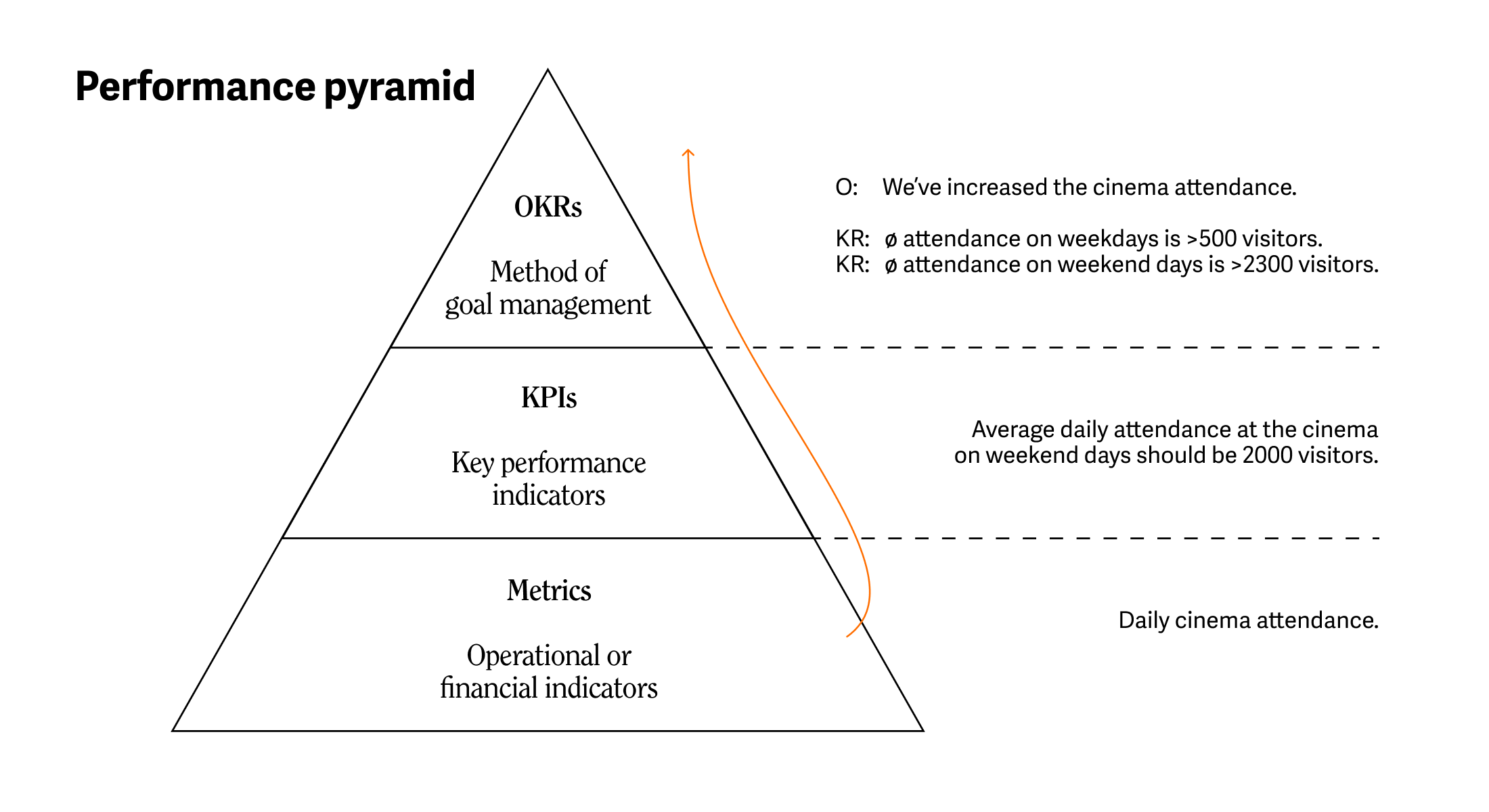Inquisitive mind? Subscribe to our LB* Insights newsletter. No fluff, just stories to make you think.
You need a good argument to make the case for customer experience improvement initiatives. One of them is ROI, or return on customer experience investments. We'll show you how to connect CX metrics with business ones.
Definition of customer experience
In order to consciously influence or improve the customer experience, we first need to understand what creates the experience.The Customer Journey Map and the Service Blueprint are the best ways to visualise the customer experience. Both help us understand what activities customers perform and what interactions they have with our organization over time. Besides interactions, the channels where these interactions happen are also very important. In fact, many customer journeys today are multi-channel – we also call them omnichannel – and consistency of experience across them forms a significant part of the overall customer experience.
An example of a customer journey could be a visit to the cinema. Imagine you want to see a new Pedro Almodóvar film. First, you check the website of a nearby cinema on your smartphone. When you find out when the movie is playing, as part of your afternoon email-clearing block, you buy a ticket on the web on your computer. You're glad the cinema has PDF tickets because you care about the environment and besides, you don't have a printer at home. You download the ticket to your smartphone. You arrive at the cinema where you are greeted nicely by the usher. You show them the PDF, from which they scan the QR code, and you go find your seat.
It is clear from the example that the complexity of the customer experience also increases with the device from which the channel is accessed – for the cinema website it was once from a mobile phone and later from a computer.

Metrics related to CX
Since we already know that customer experience is created through touchpoints and channels, let's take a look at metrics related to customer experience.
At Lighting Beetle*, we work with a mental model we call the Performance Pyramid. It is a hierarchy of performance measurement in organizations. In order to measure customer experience, organizations should know their operational and financial metrics. They should also work with KPIs (Key Performance Indicators) as a tool to evaluate their benchmark.
An example of a metric might be daily cinema attendance and an example of a KPI, an indicator that the cinema is performing as expected, would be average daily cinema attendance on weekend days, which is at a minimum of 2000 visitors.
As part of measuring customer experience, we work with:
- CX metrics such as Customer Satisfaction Score (CSAT), Net Promoter Score (NPS) or Customer Effort Score (CES)
- Business metrics such as Churn Rate, Retention Rate, Customer Lifetime Value (CLV), number of orders, number of customer service responses, etc.
As an illustration, after leaving the movie theater, a visitor can leave feedback on how satisfied they were with the overall quality of service, which will arrive via email. In addition, we know how loyal this customer is, or we know how many cinema tickets they have historically purchased.

Return on CX can be measured
The moment an organization works with both CX and business metrics, it is possible to measure the return on investment in improving the customer experience. The process is as follows:
1. Choose the CX metric you want to improve
2. Choose a business (operational or financial) metric
3. Divide customers into groups based on their experience level
4. Determine the average business metric for each group
5. Calculate the value of improving your CX metrics*
6. Calculate the cost or investment invested in CX cultivation
7. Compare the benefit and ROI (Return On Investment)
*No. 5 is about quantifying the monetary benefit if your lower-rated customers have moved to a higher-rated group.
“An increase in CX metric will result in a change in core operational business metric, which will drive an increase in revenue or a reduction in costs, for an investment of expense of CX program.” (Source)
Let's look at the example of a cinema:
1. I will choose customer satisfaction score (CSAT) as the CX i.e. customer metric.
2. As a business metric, I will choose the number of cinema tickets sold per customer per year.
3. I will create a segmentation of customers according to their CSAT level. To simplify this for the sake of example, let's assume a customer base of 100 000 customers per year and divide them into 3 groups:
- Dissatisfied – 25 % of customers i.e. 25 000 customers
- Neutral – 35 % of customers i.e. 35 000 customers
- Satisfied – 40 % of customers i.e. 40 000 customers
4. I'll look at ø business metric for each group. For simplicity, let's assume a flat ticket price of 8 €, but ideally we should calculate with real sales:
- Unsatisfied – buy in ø 2 tickets per year = 16 € i.e. 400 000 €
- Neutrals – buy 3 tickets per year = 24 € i.e. 840 000 €
- Satisfied – will buy 6 tickets per year = 48 € i.e. 1 920 000 €
- Total: 3 160 000 €
5. I will estimate the value of improving CX metrics, i.e. how much the business metric will change if I improve the experience for some part of the customer base. In our case, this might mean, for example, that if I convert 10% of neutral customers to satisfied customers, their ratios and purchases will look like this:
- Unsatisfied – 25 % of customers i.e. 400 000 €
- Neutral – 25 % of customers i.e. 600 000 €
- Satisfied – 50 % of customers i.e. 2 400 000 €
- Total: 3 400 000 €
6. Thus, improving CX can bring me an increase in revenue of 240 000 € after the first year, which is an increase of +7.59 %. If the profitability of the cinema is, for example, 15 %, it would be in profit of 474 000 € before the CX improvement. However, after the CX initiative, the profit would rise to 510 000 €, which is 36 000 € more.
7. From this example, I can then derive the potential amount of investment, which could be at 36 000–72 000 € in the first year if we want to hit the ROI level of 50–100 %.
ROX is the new CX ROI
There are various business and CX metrics and all departments or teams in an organisation should have them defined – not just those in direct contact with the customer. This allows us, CX specialists and service designers, to look for the intersection between operational or financial metrics and find the customer-related ones. We know from experience that finding the right customer-facing metrics is not easy. We talked about how to link business and CX metrics in practice in the episode of our Minimum Viable Podcast with Eva Šípková, Head of CX at Alza. You can listen to it in the Slovak language or read the English translation.
So if you're concerned about any of our business metrics, I'd love to hear from you. We'll be sure to find a way to help it through improving the customer experience. By the way, don't be surprised if you encounter the acronym ROX instead of "Customer Experience Return On Investment" – expert circles are replacing the term ROI with Return On Experience (ROX).

